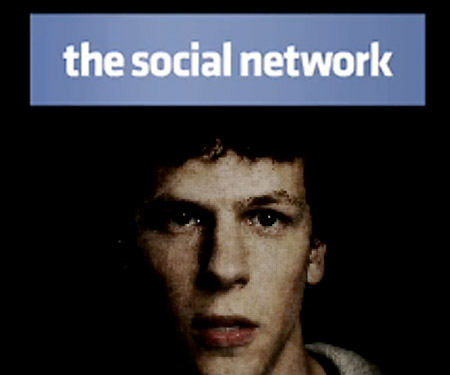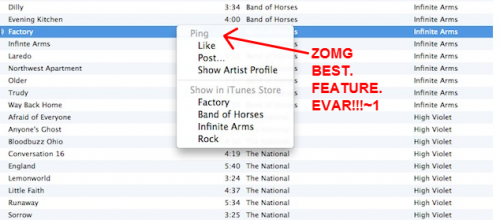Okay so it’s technically called the “Kindle Owners’ Lending Library,” (Really? You couldn’t think of an easier name to remember, Amazon?) but in practice it’s essentially a free book every month for Amazon Prime subscribing Kindle owners.
With Prime, Kindle owners can now choose from thousands of books to borrow for free including over 100 current and former New York Times Bestsellers – as frequently as a book a month, with no due dates.
Keep in mind that “Kindle owners” is a key term, because you can’t “lend” books via Kindle apps. You actually need to own a physical Kindle to take advantage of this offer. In fact, my chief annoyance with the service is that you can only browse and “borrow” books via the Kindle Store on the device itself. You can’t find the book you want on the web and have it delivered to your Kindle. It’s a pain because e-ink is TERRIBLE for quickly flipping through hundreds of pages.
Critics also will point out that there’s only 5,000 or so books available, (none from any of the major six publishers) but so what? I easily found a handful of books that I wanted to read immediately from just browsing the first couple of pages of offerings. Seth Godin’s latest, “We Are All Weird,” Suzanne Collins’ Hunger Games Trilogy, Michael Lewis’s “Moneyball.”
It’s pretty clear that Amazon is test driving a potential “all you can eat” digital book subscription service ala Netflix or Spotify. Let’s face it, $10-$15 digital books are still a fair chunk of change for most people. Why not go for a $10-$15 monthly service and essentially sell a guaranteed 12 books a year to people? I’d wager that it would be a greater source of revenue than selling titles a la carte.
Slowly, but surely, Amazon is creating its own Apple-like ecosystem. It’s a brilliant maneuver because in order to access the “free” ebooks and streaming video content you have to be both a member of the $80 a year Amazon Prime and own an Amazon device. Once they get a subscription music service implemented, you theoretically won’t have to go anywhere else to consume your content.
Of course, this assumes that Amazon’s content offerings are robust enough. Currently, their video streaming and ebook lending catalogs leave much to be desired. But it’s a step in the right direction.
Content publishers, consider yourselves disrupted.
Amazon.com: Kindle Owners’ Lending Library.

